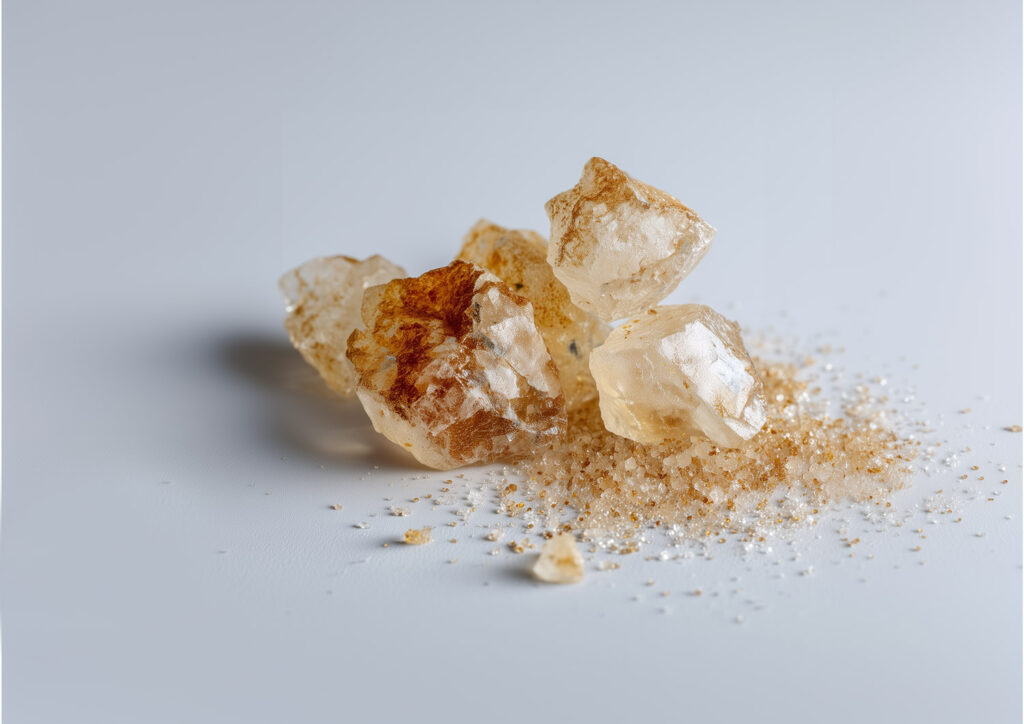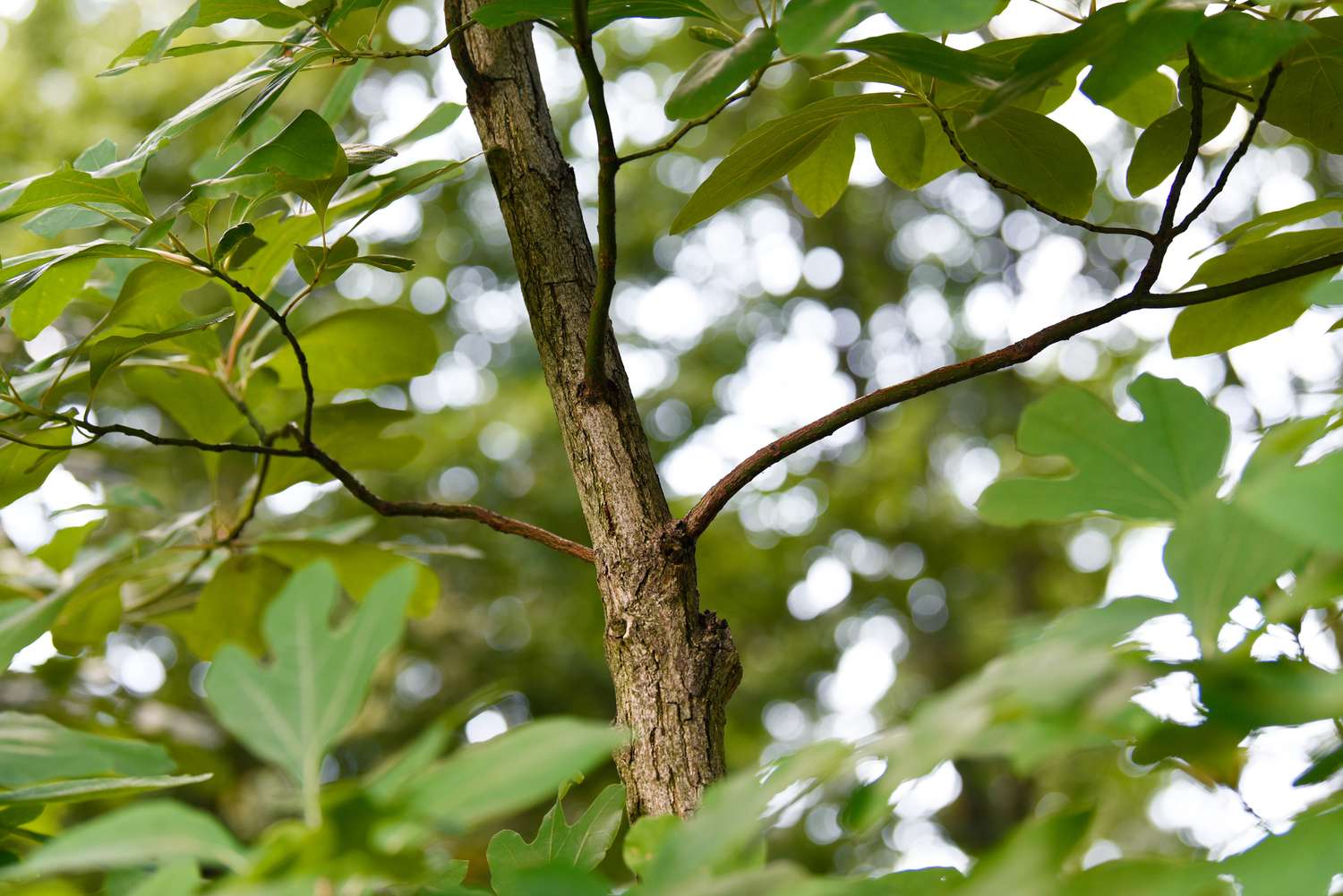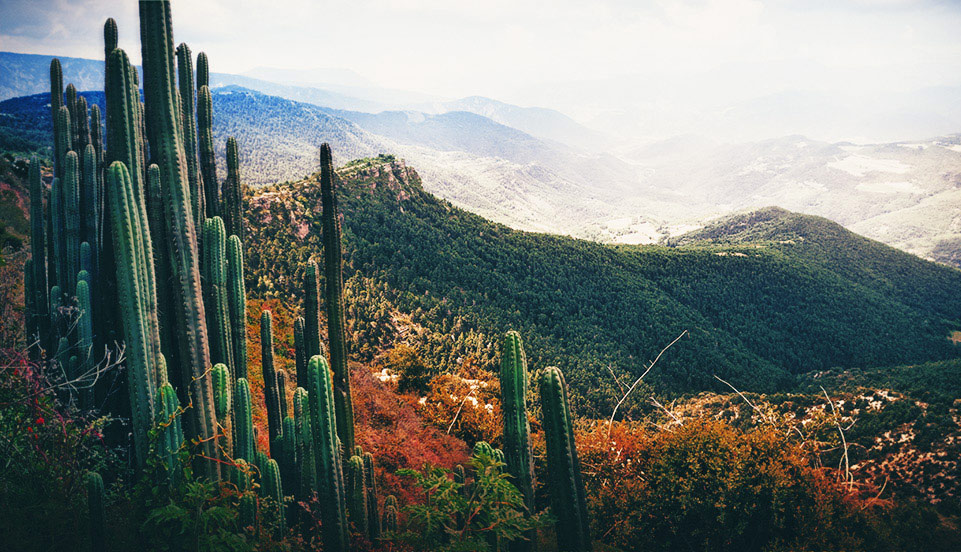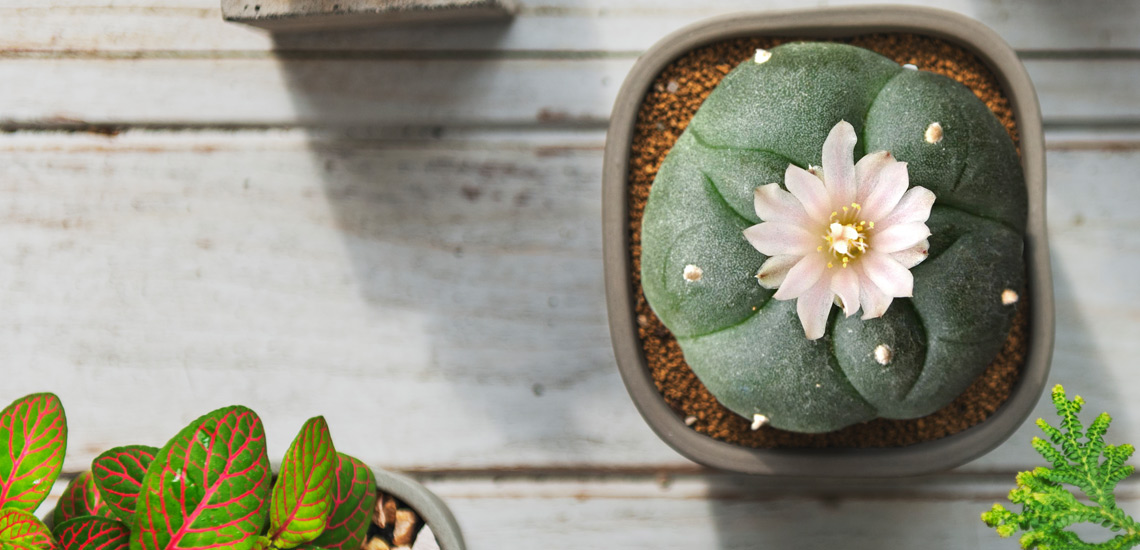Sasa.. What?! The Story of Sassafras MDA
A friend came to me late at night and brought something with him that despite all my experience and the many years I have lived, I had never heard of. “Sassafras.” It is a natural substance like you like, the friend told me. I immediately reached out and said to him – bring it and try it. But before I share my personal experience, I would like to give you some information about this wonderful thing.
The sassafras tree, with its roots in North America and parts of Asia, has been sparking curiosity and admiration for generations. Its bark, leaves, and roots have played many roles over the years – flavoring dishes, starring in folk remedies, and even adding a fragrant touch to perfumes. Perhaps most famously, sassafras root once gave root beer its original spicy-sweet kick, a taste that became iconic.
The tree’s essential oil was also treasured, both for its soothing presence in herbal medicine and for the distinctive scent it lent to fragrances. At the heart of that aroma is a compound called safrole. Safrole is what makes sassafras oil smell so unmistakable – earthy, spicy, and a little mysterious. But it comes with a twist: this very same compound is also linked to less wholesome uses, since it can be processed into MDA, a hallucinogen known for its mind-altering effects.
MDA: Sassafras Effect
In party culture, MDA is often nicknamed “sassafras.” It’s known for its euphoric buzz – boosting energy, confidence, and a sense of connection with others. Many describe it as a rush of empathy and closeness, thanks to brain chemicals like serotonin and dopamine flooding the system.
From Medicine to Root Beer
Long before it was linked to nightlife, sassafras was cherished by Native Americans, who brewed its bark, roots, and leaves into teas and tonics for everything from colds to fevers. Europeans quickly caught on, and by the 16th century sassafras was being shipped across the Atlantic as a “miracle cure.”
Over time, it moved from medicine into kitchens and pantries. Sassafras root gave early root beer its signature zing, and its ground leaves – known as filé powder – became a staple in Cajun gumbo.
But the discovery of safrole, the compound behind its distinct aroma (and a precursor for drugs like MDA), changed its fate. By the 1960s, the FDA banned sassafras oil in foods, including root beer, citing safety concerns.
Today, sassafras sits at a curious crossroads: once a trusted remedy and flavor, now remembered as both a cultural treasure and a controversial ingredient.

Between Connection and Illusion
MDA, short for methylenedioxyamphetamine, is a psychoactive compound that blends two worlds: it sparks empathy while adding a touch of hallucinogenic color. In simple terms, it can make you feel closer to others, heighten your senses, and sometimes bend reality into vivid patterns and brighter hues.
The secret lies in how it plays with brain chemistry. MDA floods the brain with serotonin — the “feel-good” messenger — while boosting dopamine and norepinephrine for energy and alertness. The result? Euphoria, intensity, and a sense of connection that feels larger than life.
Back in the mid-20th century, researchers thought MDA could help patients work through trauma and emotions. But by the 1970s, it had left the lab and found a new home in counterculture, parties, and music festivals.
Like many mind-altering substances, though, MDA comes with risks. Too much serotonin can cause nausea, tension, or even dangerous reactions. The stimulating effects also strain the heart, raise blood pressure, and increase body temperature — especially risky in hot, crowded spaces.
Unlike its close cousin MDMA, which is now being studied as a treatment for PTSD, MDA remains more of a mystery — celebrated in party culture, remembered in therapy’s history, and still waiting for science to uncover its full potential.
My personal experience was nothing short of magical. Out in nature with my partner, we each took 0.1 grams, and it was as if we were falling in love all over again. A wave of euphoria washed over us, deepening our connection and filling the moment with lightness and joy. The most intense part of the journey lasted around four hours, but the afterglow stayed with me for days. What can I say? My heart felt wide open, as though the world itself had softened.



